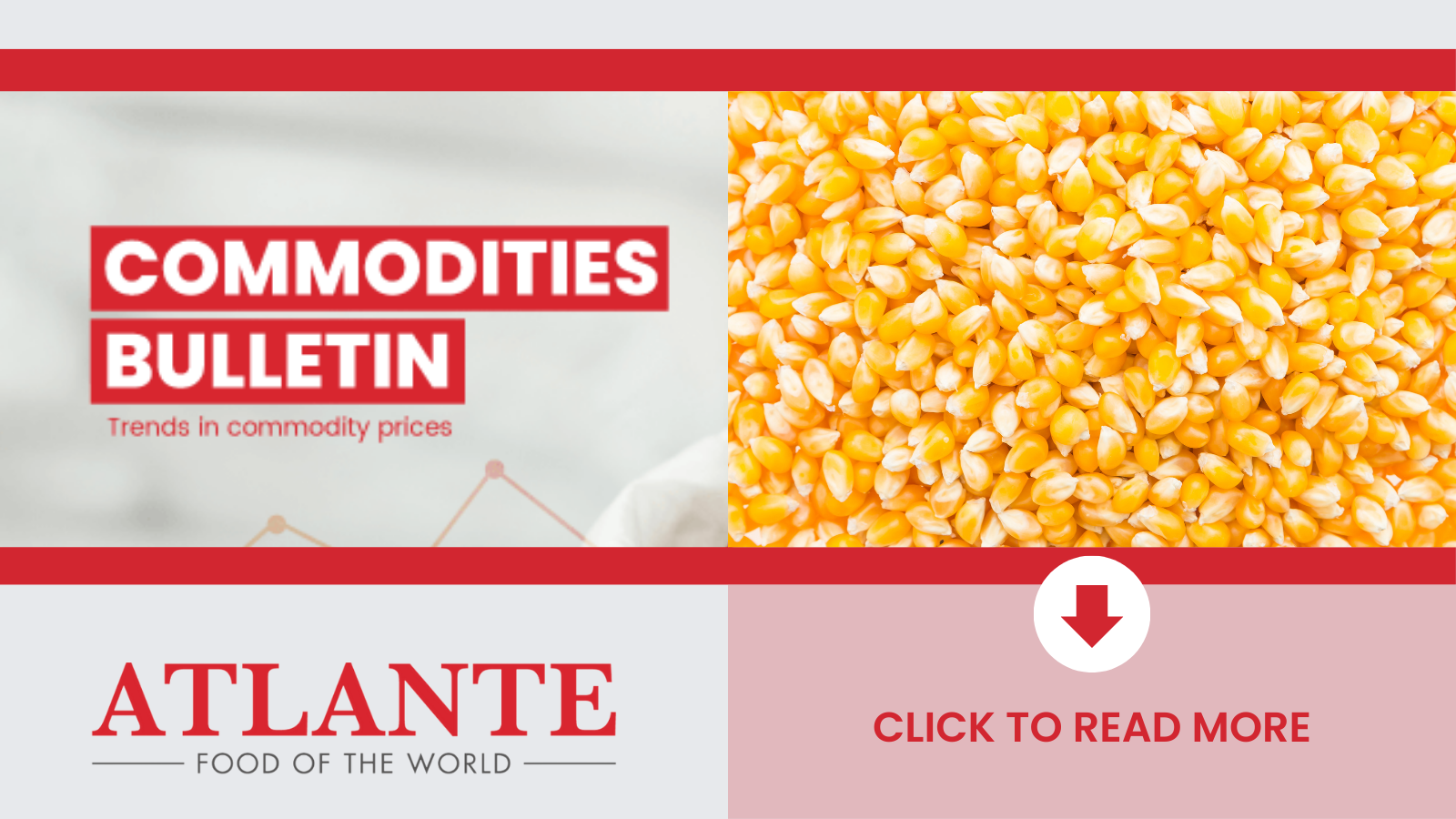Commodities Bulletin Dairy Milk & Eggs Focus on Milk
In the dairy, milk and eggs market, demand contraction drives the market.
Thank you for visiting us!
This website does not completely support on Internet Explorer. Please use another browser.
Apologies for inconvenience

The downward trend in prices continues for corn.
European prices fell more than US prices also thanks to a further strengthening of the euro against the dollar. The exchange rate remains a key variable to monitor in view of increasing European imports. International prices will still remain historically high, but will continue the downward trend especially with the arrival of South American production, which remains at record levels overall. The main factors to monitor for possible waves of bullish volatility remain Ukraine's export performance, the weather in South America, and the euro/dollar exchange rate.
USA: The production forecast was lowered by 9% compared to 21/22, due to a downward revision of harvested areas that more than offset the higher yields. Exports and consumption were also revised downwards.
UKRAINE: Ukrainian exports increased and at the end of December were only 4% lower than last year's, thanks to grain export corridors that allowed stocks from the previous marketing year to be exported in the current marketing year.
BRAZIL: The production forecast was lowered due to lower yields of first-crop corn caused by drought, but would still be a record for the country. Record exports are also expected.
ARGENTINA: Due to drought, the production forecast has been lowered, but the drop could be even greater if the drought persists. Exports have also been revised downwards.
The US is expected to increase production to support higher exports and consumption, which are expected to grow mainly due to an increase in corn for energy use.
A further decline in quotations is also expected for the European and Italian markets, partly due to a relaxation of macroeconomic support factors and a consolidation of alternative trade routes should the conflict in Ukraine continue. Prices are expected to be lower than for the current harvest, but historically high.
A 3% decrease in global corn demand in 2023 is estimated largely due to consumers turning to more affordable sources of protein in order to cope with rising food prices. Reduced demand for meat from animals requiring a high level of nutrition (e.g., beef) will contribute to the decrease in corn prices in 2023.
To read the full February 2023 Commodities Bulletin register here:
In the dairy, milk and eggs market, demand contraction drives the market.
Instability and uncertainty are the order of the day. Value growth in retail and services...
We look at the commodities markets globally to help predict buying strategies, we're putting a...